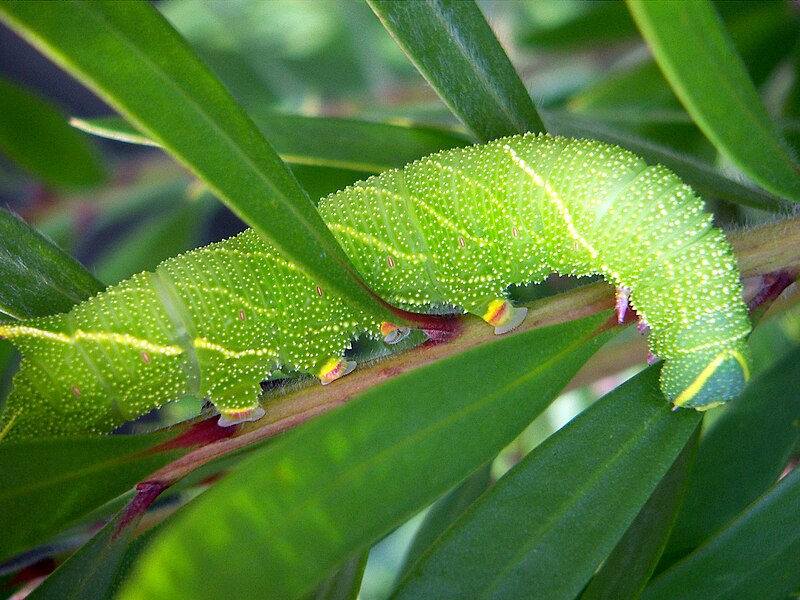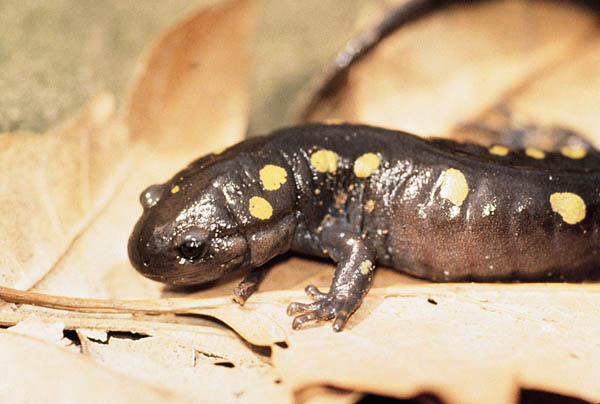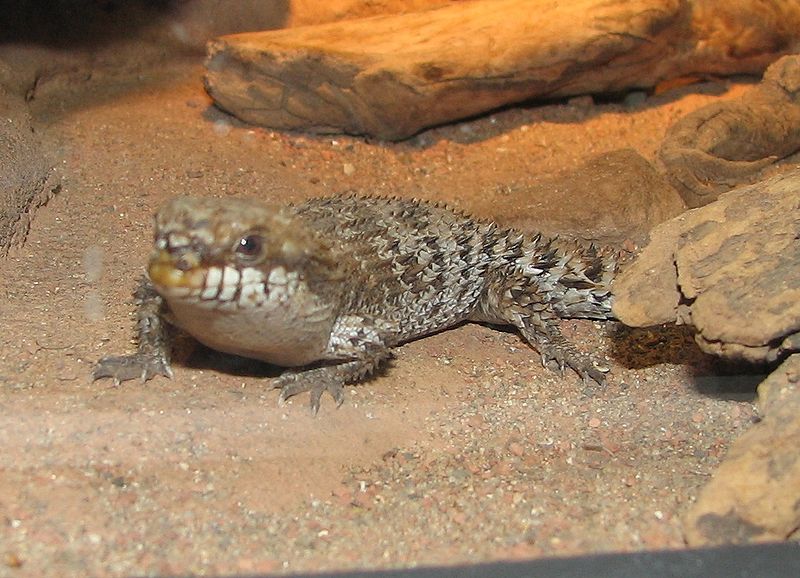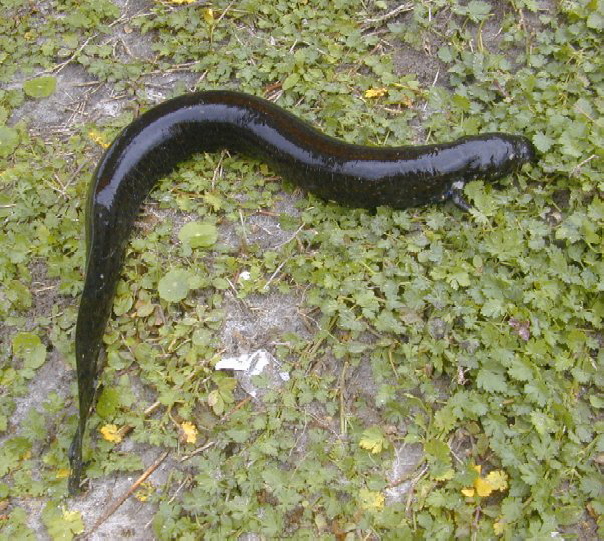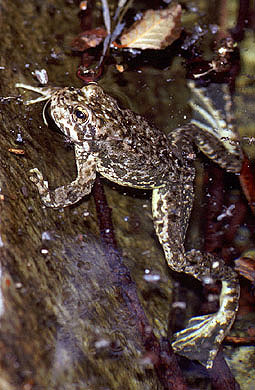 Are Pacific Chorus Frogs, Pseudacris regilla, driving other amphibians to extinction? A recent study revealed that the tiny frogs often carry a fungus (Batrachochytrium dendrobatidis, or Chytrid) that has been implicated in the extinction of 200+ amphibian species. Chorus Frogs seem largely immune to the disease, but may spread it to other species that share their habitat, including the endangered Mountain Yellow-Legged Frog, Rana mucosa. However, I believe there is more to the story…
Are Pacific Chorus Frogs, Pseudacris regilla, driving other amphibians to extinction? A recent study revealed that the tiny frogs often carry a fungus (Batrachochytrium dendrobatidis, or Chytrid) that has been implicated in the extinction of 200+ amphibian species. Chorus Frogs seem largely immune to the disease, but may spread it to other species that share their habitat, including the endangered Mountain Yellow-Legged Frog, Rana mucosa. However, I believe there is more to the story…
Resilient Chytrid Carriers
Researchers from San Francisco State University and the San Diego Zoo have confirmed high levels of Chytrid fungus among Pacific Chorus Frogs in California’s Sierra Nevada Mountains. Unlike many amphibians, Chorus Frogs seem relatively unaffected by the fungus. Read More »
 That Reptile Blog – Reptile, Amphibian and Exotic Pet Care and Information
That Reptile Blog – Reptile, Amphibian and Exotic Pet Care and Information

